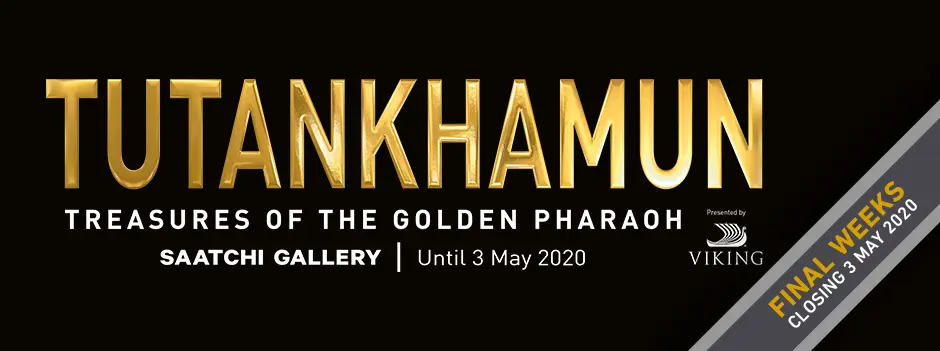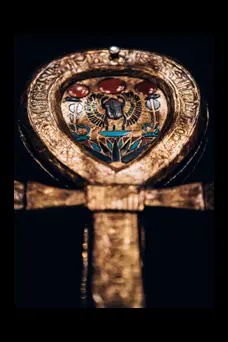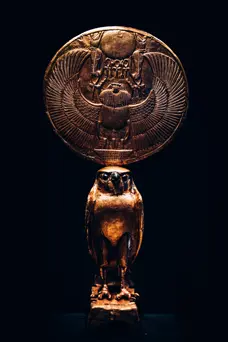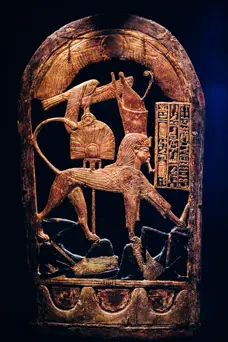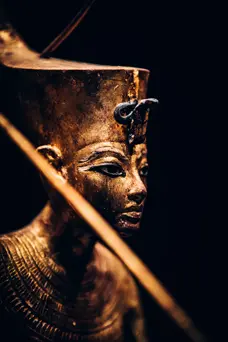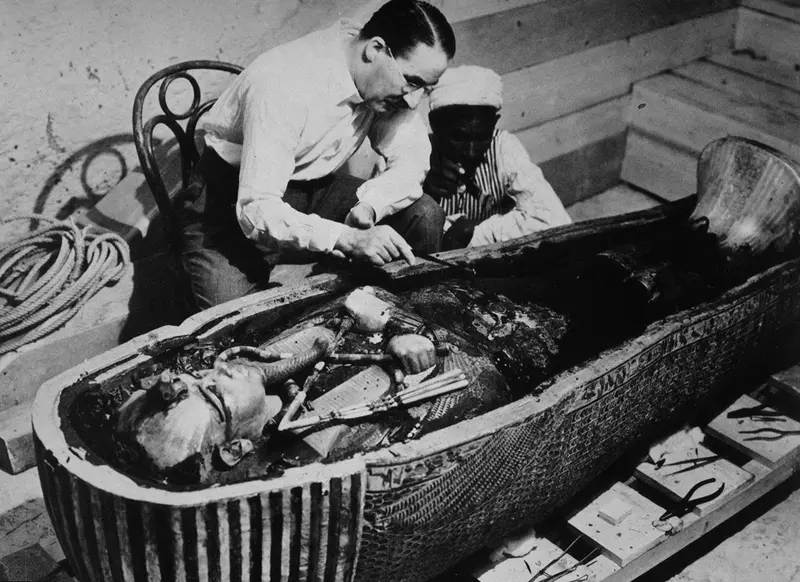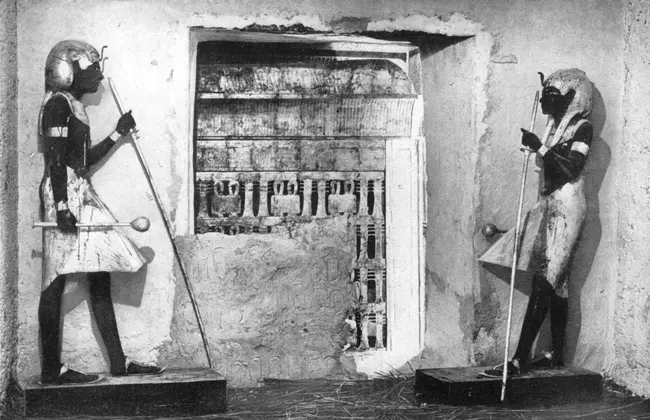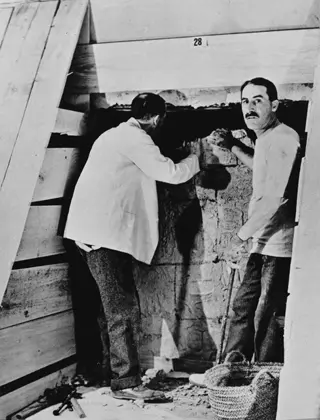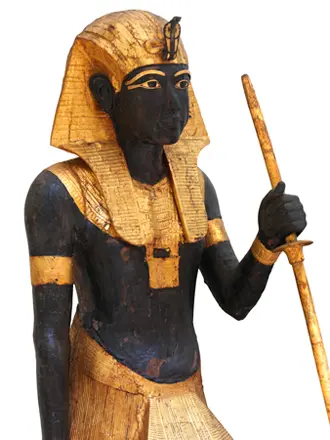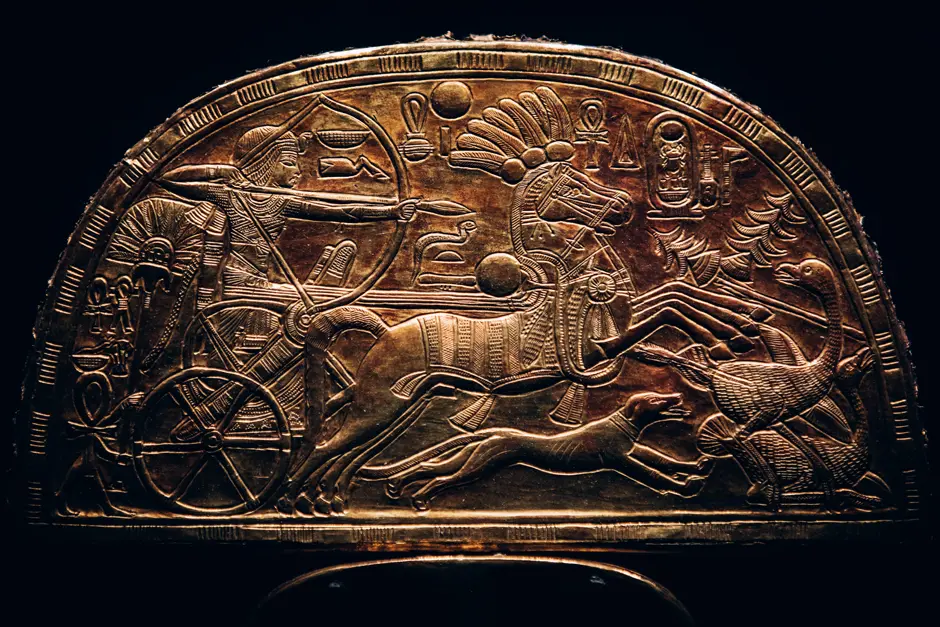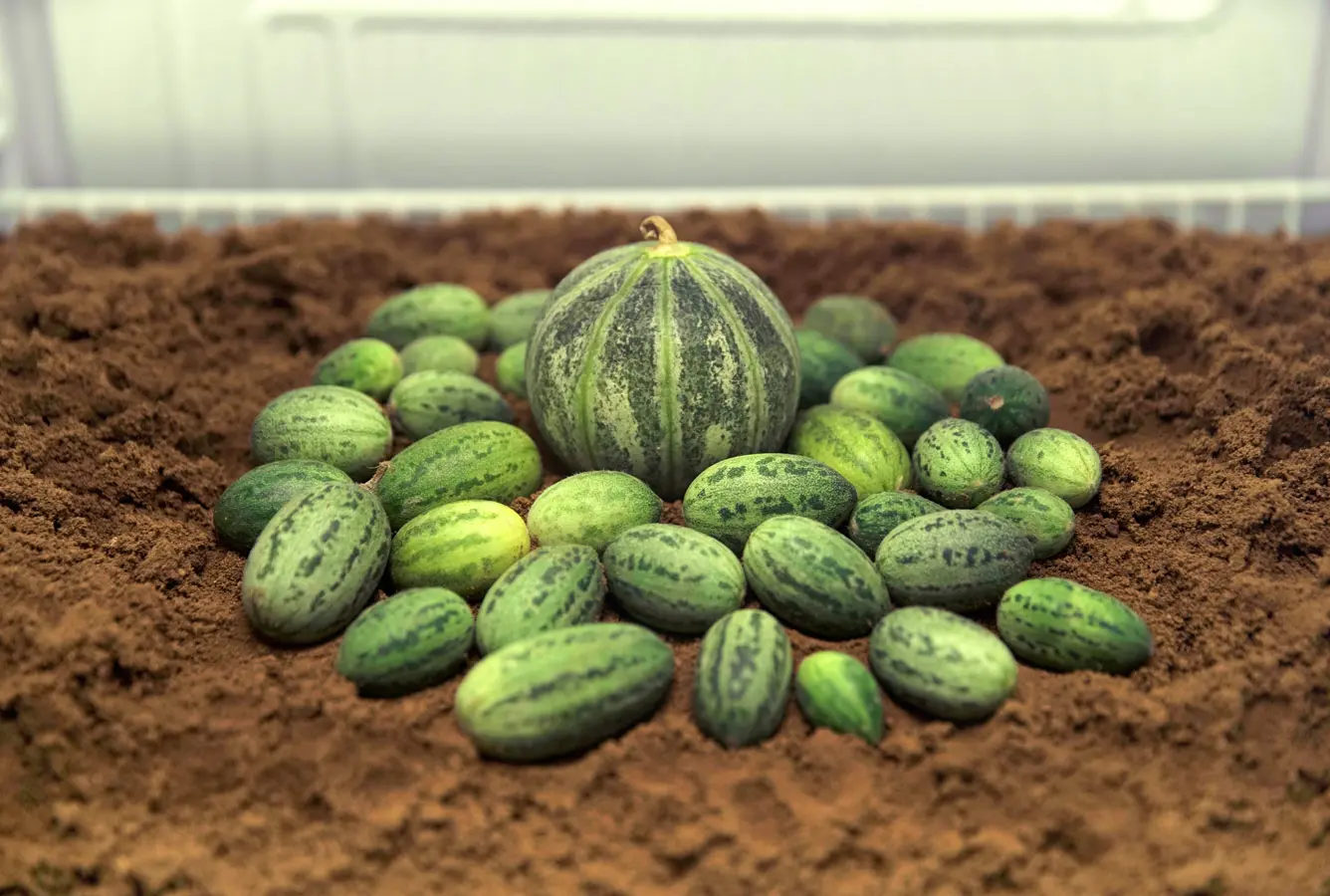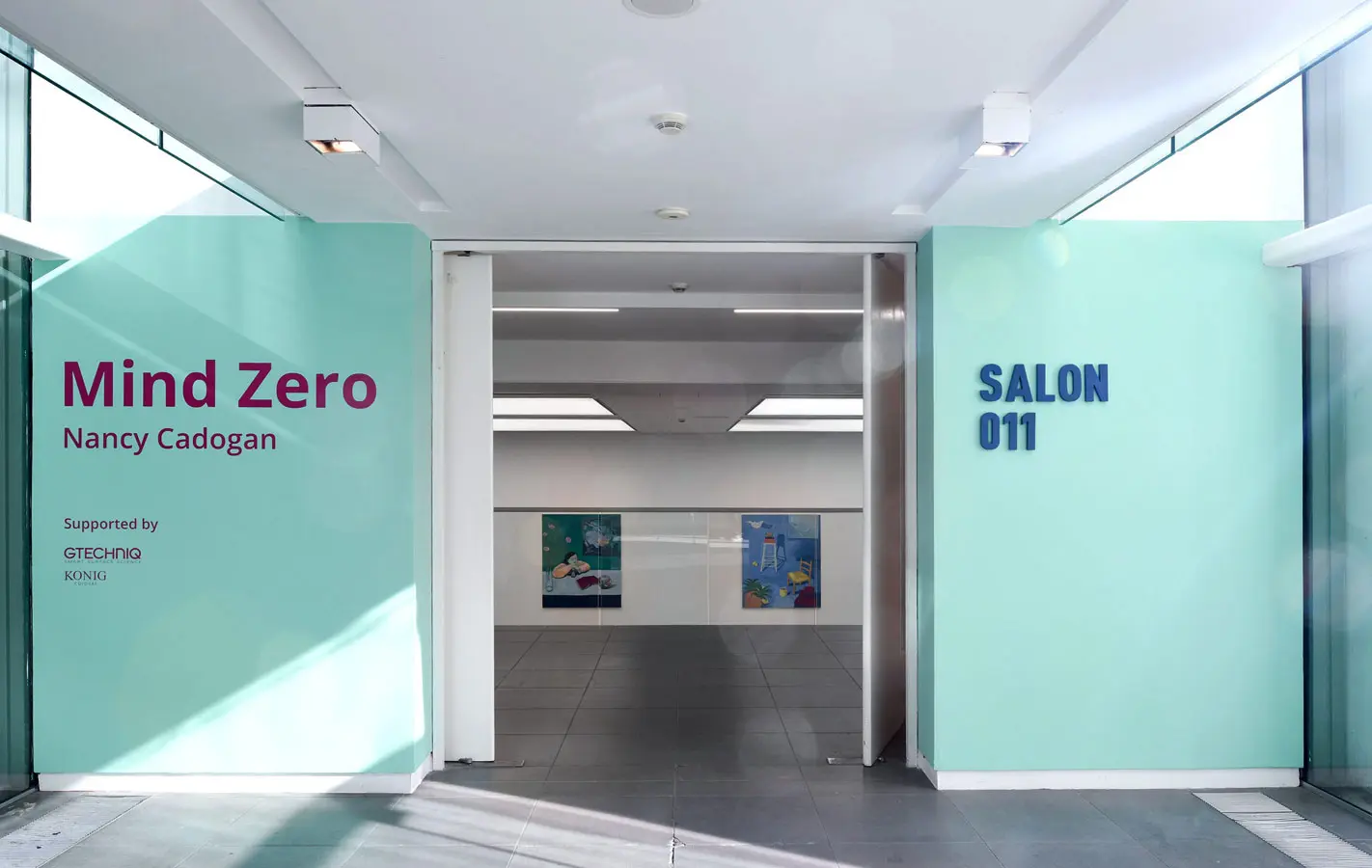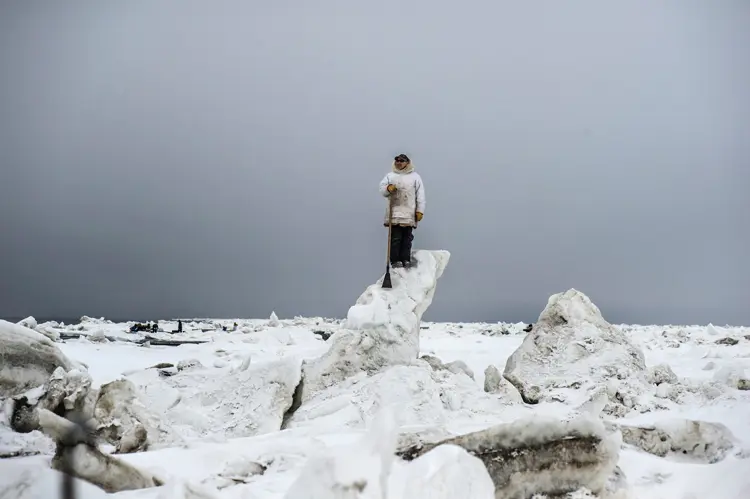Drawn together by art. Inspiring our community to come and create together, we collaborated with celebrated fashion house Stella McCartney, to host an at-home ‘life drawing’. The collaboration is an extension of Saatchi Gallery’s weekly #SaatchiTakeover theme: the #HumanFigure.
Viewers will join supermodel Malgosia Bela as she poses for a celebrated group of global artists selected by Saatchi Gallery who participated and produced work in their chosen medium(s) and styles. Artists include: BP Portrait Award winners Miriam Escofet and Massimiliano Pironti, Lynn Painter-Stainers Prize winner Florence Hutchings, Ukraine Artist Alliance member Denis Sarazhin, George Dawnay, Nancy Cadogan, Yifat Bezalel, Mona Osman, Alida Cervantes and Michael Cline.
Viewers are able to join in life drawing session and submit their artworks via the #StellaCommUnity hashtag for the chance to feature on the Stella McCartney social media channels. They can also use the hashtag #SaatchiTakeover for the chance to also feature on the Saatchi Gallery social media channels.
Discover the artists’ thoughts on creativity in lockdown at Stellamccartney.com and be inspired by the full Saatchi Gallery x Stella McCartney life drawing experience on the Saatchi Gallery IGTV. This collaboration is aimed to enable our Saatchi Gallery Educational Programme to continue during this uncertain time; viewers are asked to consider supporting us at: https://saatchigallery.com/donate
The Saatchi Gallery x Stella McCartney Life Drawing will launch on Thursday 28th May, with further content running on social channels until Saturday 30th May.
About the Artists
Miriam Escofet, Massimiliano Pironti, Florence Hutchings, Denis Sarazhin, George Dawnay, Nancy Cadogan, Yifat Bezalel, Mona Osman, Alida Cervantes, Michael Cline.
Questions:
1. Where and with whom are you isolating?
2. How are you staying creative and inspired during lockdown? Do you work better in isolation?
3. How has this situation changed your perspective? On the world? On art?
Yifat Bezalel
Born in 1975, Tel Aviv. Lives and works in Tel Aviv. Bezalel works specifically in drawing and teaches at the Bezalel Academy with works in the Deutsche Bank collection. He currently has a solo exhibitoin at the Tel Aviv Museum. In 2017 he was awarded the Grant for video art, Mifal HaPais Council for the Culture and Arts and the 2016 Rappaport Prize for Young Israeli Artist.
1. I spent the isolation time at home in Jaffa with my dog, Maggie-May. In Israel, we are now on the other side of self-isolation. We have been gradually returning to routine – a new routine to which we are adjusting.
2. Lockdown allowed me to stop, observe and research. Time was unlimited. As an artist, I spend a lot of time alone – it was almost like being alone was suddenly the common standard and I, for a change, was part of the mainstream; it gave me relief. I worked differently in isolation, with more peace of mind. It felt like the lockdown allowed me to be present in the moment.
3. While I was deeply saddened to see the dramatic effects COVID 19 had on the world, the situation gave me the opportunity to experience for the first time a primal-like state of being and see in hindsight I’ve been longing for this.
Nancy Cadogan
Born in 1979, UK. Based in Northamptonshire, England. Saatchi Gallery exhibition: ‘Mind Zero’, Sept 2019. Cadogan is a British figurative painter. Her work ranges from still life to landscape via portrait and is notable for its combination of a traditional painterly style with an almost abstract approach to her subject matter. In 2020 and 2021, Nancy will present a new collection of work for leading institutional and commercial galleries in Rome and New York.
1. I am isolating in the countryside with my family, which consists of three children, two dogs, a husband, eight chickens and a cat.
2. It is strangely hard, working during this time. I am used to working in isolation, but this is different as I have a full and busy house and carving out space is tricky. I have taken to working very late at night when the house is quiet, as this gives me a clear run at a good number of hours. I am preparing for a show in Rome about quarantine at the Keats Shelley Museum, and it could not be more pertinent to make work on this subject.
3. I am amazed by how adaptable we humans are and there seems to be this huge surge in creativity, community and innovation. That is remarkable, and lovely to be part of. I have enjoyed the Saatchi live sessions and connecting with the art community, and really enjoying getting back to the basics in my life; such as being with the children and cooking and being at home.
Alida Cervantes
Born in 1972, San Diego, CA. Lives and works in Tijuana, Mexico and San Diego border region. Saatchi Gallery exhibitions: ‘Known Unknows’, March 2018, ‘Pangaea II, March 2015. Traveling daily between the US and Mexico, Cervantes’ work is characterized by an interest in power relations between race, class, gender and even species. Her work is part of the Museum of Contemporary Art San Diego, the Charles Saatchi Collection, London, as well as the Athenaeum Music & Arts Library’s permanent collection.
1. I am isolating in Tijuana with my parents. During the day I work in my studio. On weekends, I cross the border and go home to San Diego.
2. The lockdown actually works well for me because I can focus much better without any distractions like social activities going on. In my regular life, I am also isolated because I spend most of my time in the studio, but this quarantine has no opportunity to make any plans whatsoever and I actually like that.
3. This pandemic has made me appreciate the people I have around me and the life that I am able to lead. It has been interesting to see humanity feeling so vulnerable given that usually humans feel invincible.
Michael Cline
Born in 1973, Cape Canaveral, Florida. Lives and works New York. Saatchi Gallery exhibitions: ‘Black Mirror’, Sept 2018 & ‘Body Language’, Nov 2013. Blending aspects of Surrealism with traditional realism, his work has a satirical element, critiquing aspects of urban life but also creating a space for folk narrative and urban myth.
1. I’m isolating in NYC with my wife and children.
2. I do in fact favour working in isolation and have had the good fortune to sustain my creativity in this upended new world.
3. My family and I take long daily walks, and the world just outside our door is curiously different. It’s not just the masks or social distancing that is so striking, but there is something in the air that is hard to pin down and ineffable. The sky is different, the sounds of the city altered, even the rubbish in the streets and graffiti remain all subtly changed. The world I usually depict in my art is somewhat dystopian in nature, so it strangely feels like this new reality is looking more and more like my fictitious alternate universe, which I find both fascinating and troubling.
George Dawnay
Born in England in 1970. Lives and works in Chattanooga, Tennessee. Dawnay trained for four years in the French Academic style, cast drawing, anatomical studies and portraiture. He went on to complete an apprenticeship with the Mural painter Alexander Hamilton, together they went on to create a number of Murals in Italy and abroad. He has 98.8K followers on instagram: @georgedawnay
1. I am isolating on Signal Mountain in Tennessee with my wife Dr. Suzannah Bozzone and my three children: Gabriel, Madeleine and Milo.
2. We live in a forest on the side of a mountain. It’s quite secluded. My Studio is in the Town of Chattanooga, but currently I am working out of my garage which is fine by me. I work and play with my kids; I feel lucky.
3. I’m hoping that this situation might help us to realise our “common humanity” and bring about an era of peace and prosperity. I’m overly optimistic about life, I know. How is this going to affect art? There’s going to be another Renaissance!
Miriam Escofet
Born in 1967 in Spain. Lives and works in London. Winner BP Portrait Award 2018 and BP Travel Award 2019 Judge Escofet’s work has evolved over the years through many themes and ideas, including still life, architecture and perspective, allegory, imaginary composition and most recently portraiture. She has 25.6k followers on Instagram.
1. I am isolating at home in London. I live on my own. Thankfully my studio is at home so the connection to my creative space has not been severed.
2. I think isolation comes naturally to artists. We have to take ourselves away from the world and other people in order to immerse ourselves in the creative process; solitude is essential. I do miss museums and galleries, desperately, as they really inspire me and feed my imagination, but I have relished the quietness and lack of distraction. And I have been very busy working on projects.
3. Despite the awfulness of this pandemic and the impact it has had on all our lives, I do think moments of crisis provide great opportunities for change and it would be tragic if we did not seize this moment to change our society for the better. I think it’s already happening actually – people’s priorities have changed. I don’t see a return to rampant consumerism, and I hope the newfound sense of community and caring stays with us. Our current state of strange detachment from our habitual world is bringing about much collective introspection and art feels more relevant than ever. Art can communicate powerfully to our psyche, as well as our intellect, and often explores themes of ‘being’. I know people are finding solace in art, performance, music, in these deeply troubling times, when we wonder whether life will ever be the same again.
Florence Hutchings
Born in 1996 in Kent. Lives and works in London. Saatchi Gallery exhibited artist in ‘Kaleidoscope’: March 2019 2016-2019: Awarded the Lynn Painters Stainers Prize. Florence has exhibited widely in London from the Saatchi Gallery, Beers London and The Mall Gallery as well as taking part in residencies abroad such as The Cabin residency in LA.
1. I have been isolating at my home in South London with my partner Danny Romeril who is also a painter who I share a studio with. Luckily my studio is not too far from me, so recently I have been able to walk there and back but the majority of the time I have been working from home during this crisis. This has been so different from my practise as I am normally able to work at a very large scale when working in the studio. But the challenge of working much smaller at home has been interesting for my practise, it has helped me to develop the way I use materials more delicately, trying to using collage in a similar way when working A4 compared to working a 2 metre canvas has been both enjoyable and challenging at the same time.
2. To stay creative I try and set tasks daily to make sure to at least make something every day, however this can be difficult in times like this and find it not always possible to feel creative, but the days when the creativity starts to flow are definitely helping me get through these weird times.
3. Ultimately, this has had an impact of my perspective on the art world, it’s been interesting and uplifting to see how supportive and encouraging people are on social media, such as Instagram. There’s been a real sense of trying to stay creative together and realising how difficult that can be these days but at the same time helping people try and keep making.
Massimiliano Pironti
Born in 1981 in Colleferro, Italy. Lives and works in Italy. Third Prize winner BP Portrait Award 2019, BP Portrait Award 2018. Pironti most public painting is currently part of the Gallery and Museum of the Basilica of Santa Sabina in Rome, the world’s central friary of the Dominicans. He has 14.8K followers on Instagram.
1. I’m isolating in Stuttgart, Germany.
2. During the first few weeks I kept to myself a lot, I was very worried, especially for my family in Italy and I couldn’t paint. Then I started working just for myself and painting whatever I felt like, also because I can’t travel and all the commissions are postponed at the moment. For example, I also started a self-portrait. I’m looking at myself a lot during this weeks, and not only externally. I can say that I work much better in isolation, without distractions of any kind. Painting is a kind of meditation and in this situation I can go even deeper. The busy and frenetic life often keeps us away from concentration.
3. This situation just reminded me how art is important in my life, it represent for me the best way to react to my fears and worries. The beauty of the art is fundamental in our existence.
Denis Sarazhin
Born in Nikopol, Ukraine in 1982. Lives and works in Ukraine. 1st Degree Diploma Award for Excellence in Paintin from the Ukrainian Art Academy. Since 2007 he has been a member of Kharkov’s section of the association of Ukraine’s Artists’ Alliance. He has 239K followers on Instagram:@denis_sarazhin
1. I’m isolating in my apartment, with my wonderful wife Victoria. She is an artist too, and we have separate studios. We work and live in Kharkiv, Ukraine.
2. Oh, I don’t have a choice to be not inspired, I’m working on my upcoming solo show. This thing is not giving to me any chance to be sad and not motivated. After the show will be done of course I would like to have a rest outside my studio.
3. I not understand anything at this moment, and will understand about this situation after my show will end, and on reactions of people: if they are still interested to visit inside gallery shows.
Mona Osman
Born in 1992, Budapest, Hungary. Lives and works in Bristol and London. Saatchi Gallery exhibition ‘Known Unknowns’, March 2018. Osman received her MA Painting- Royal College of Art, BA Fine Art Goldsmiths College.
1. I am mainly isolating with my boyfriend and 2 cats but for about a month we also had my teenage niece in house with her 4 cats.
2. For me the isolation doesn’t change so much as I have my studio at home. However, everything slowing down allowed me to experiment a bit more.
3. Although I always believed that one shouldn’t take itself too seriously or take things for granted, this situation made me feel like this even more. I had a lot of things planned for this year; both work and leisure wise. We are mortal and more vulnerable we’d like to think.
ABOUT SAATCHI GALLERY
Since 1985, Saatchi Gallery has aimed to provide an innovative platform for contemporary art, presenting work by largely unseen young artists or by international artists whose work has been rarely or never exhibited in the UK.
Our audience, built steadily over the past 35 years, now exceeds 1.5 million visitors per annum, with over 5,000 schools visits annually and over 6 million followers on social media. Charles Saatchi’s first show in 1985 at Boundary Road, a converted paint factory, presented works by Andy Warhol, Donald Judd, Brice Marden and Cy Twombly, today recognised as among America’s greatest artists. In 1997, Sensation: Young British Artists opened at the Royal Academy of Arts, attracting a record-breaking attendance for a contemporary art exhibition in the UK. In 2003, Saatchi Gallery moved to County Hall, the Greater London Council’s former headquarters on the South Bank. It is now located at the iconic 70,000 square feet space in the Duke of York’s Headquarters in Chelsea, London.
ABOUT STELLA MCCARTNEY
Stella McCartney is a luxury lifestyle brand that was launched under the designer’s name in 2001. Stella’s approach to design emphasizes sharp tailoring, natural confidence and an effortless attitude. The brand is committed to being an ethical and modern company, believing it is responsible for the resources it uses and the impact it has on the environment. It is therefore constantly exploring innovative ways to become more sustainable, from designing to store practices and product manufacturing. As a lifelong vegetarian, Stella McCartney never uses any leather, fur, skins or feather in any products for both ethical and environmental reasons, setting a standard for the use of alternative materials. Supporting circularity, the brand is embracing new business models that will transform how clothes are produced, sold, shared, repaired and reused; promoting long lasting product with extended use to reduce environmental impact.
The brand now offers women and menswear ready-to-wear, as well as handbags, shoes and a kids line. It has also developed under licensing eyewear, lingerie, swimwear, fragrances and a long-term partnership with Adidas. The collections are currently available in more than 100 countries at wholesale, and through 60 freestanding stores including London, New York, Los Angeles, Paris, Milan, Tokyo, Hong Kong and Shanghai.



